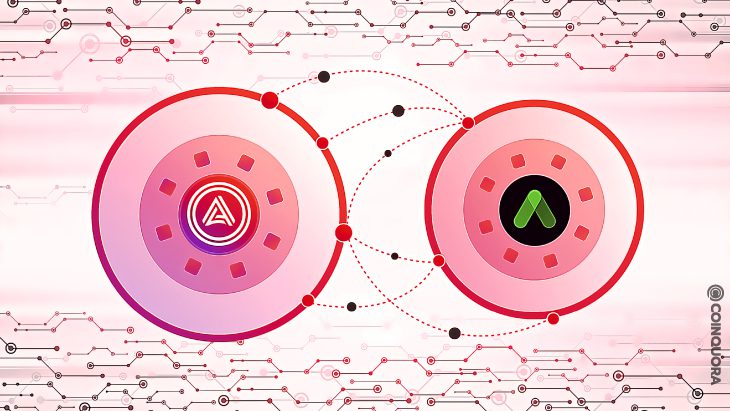- Acala announced a new partnership with Anchor.
- This partnership aims to expand decentralized stablecoin space.
- Acala and Karura will help develop Anchor’s collateral options.
Acala, a DeFi network powering the aUSD ecosystem, has announced a new collaboration with Anchor–a Terra-built savings and borrowing protocol. This partnership aims to expand the decentralized stablecoin space through a series of integrations over the Terra and Polkadot ecosystems.
Furthermore, Acala and its Kusama-based parachain Karura will help develop Anchor’s collateral options for the UST stablecoin with Liquid KSM (LKSM) and Liquid DOT (LDOT), Acala’s yield-bearing liquid staking derivatives.
Built on the Terra blockchain, UST is a decentralized, algorithmic stablecoin. UST yield on Anchor Protocol is stable, which is powered mainly by staking returns from multiple proof-of-stake assets that users provide as collateral.
In addition, Anchor offers low-volatility yields on Terra stablecoin deposits by lending to borrowers who can deposit PoS assets as collateral. Not only that but they will be given access to liquidity services through UST.
Soon, Polkadot and Kusama users can access Anchor yield by using their LKSM and LDOT. To do this, users must first transfer their liquid staking assets to Terra via Wormhole. After, they should use their LKSM or LDOT as collateral to borrow UST on Anchor.
For doing so, users can earn ANC incentives for borrowing and deposit their UST on the Earn side to receive a stable yield.
Meanwhile, aUSD is known to be native to both the Kusama and Polkadot ecosystems. This means it is transferable cross-chain to any dapp or parachain in the network with zero trust or bridge risk.
aUSD will offer UST users an entryway into the Polkadot ecosystem to leverage their UST or aUST for better yield opportunities. This is made possible as aUSD is the default trading and routing asset of the Polkadot ecosystem.
Going back, Acala and Anchor seek to create UST/aUSD pools on Acala, to begin with, then expand to other L1s and parachains. Moreover, the pools will greatly improve the liquidity for aUSD and UST while allowing for collaborative efforts to enhance the decentralized stablecoin space together.


